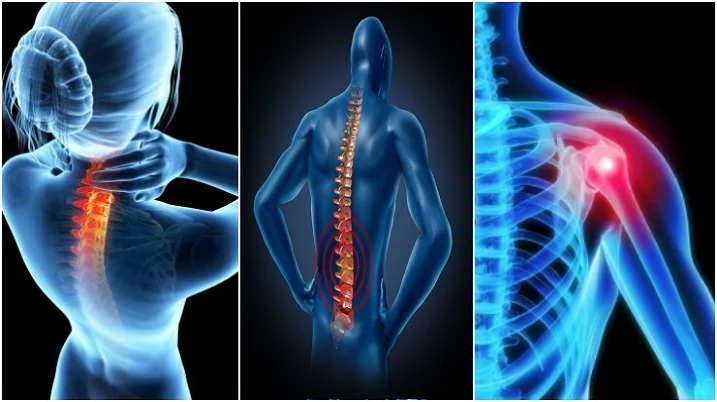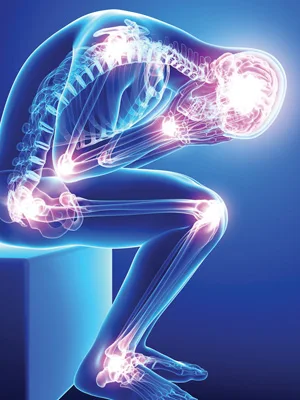Resistance training is safe. Making lifting unsafe are mistakes caused by lack of knowledge with technique, form and even pumping ego instead of muscles.
Here we figure out what lifting entails so we can be sure to keep lifting safe when using the squat rack, bench press and other weighted equipment.
Lifting is broken down into four major categories:
Traditional weight training – Bodybuilding.
The sport of lifting weights – Power-lifting, Olympic lifting.
Sport performance training – Athletics.
Cross-training – Classes and Boot camps.
There’s more, but these are the most known and recognisable names you will come across. Here we are going to focus on 4 main body parts that are commonly affected by these sports for injuries and why:
#Shoulder injuries rise with excessive reps, excessive machine use and often bodybuilding style workouts.
#Lower back injuries increase when flexing or extending the lower back under heavy loads.
#Knee injuries are caused when the knees don’t track properly throughout the lifts.
#Upper back and neck injuries occur with poor posture.
Cervical Spine Injury:
The cervical spine (upper back and neck) is notably vulnerable to injuries in both the soft tissue and joint structures such as the discs and ligaments due to heavy bracing techniques, poor spinal posture and repeated flexion and extension movements.
Soreness and joint stiffness due to bracing in a neutral cervical position under heavy loading is common when under weight, but moving your head around and putting undue stress on intricate body structures is unnecessary.
Poor spinal posture from your daily life into the gym and not realising you’re putting yourself at risk is a common way of injury due to lack of concentration.
The average person has a forward head posture which causes hyper-extension of the upper segments of the cervical spine and lower segmental flexion. This can cause a neck tweak on your next squat or deadlift if not corrected.
How To Prevent This:
#Adjust your posture.
#Maintain and correct a neutral spine.
For the cervical spine, the braced and neutral neck position is best for this.
#Drive your chin directly backwards towards your spine and create a slight downward gaze with your eyes.
#This position holds for every movement, no matter if it’s upper body or lower body.
Knee Injury:
The structure of the knee joint is very immobile by nature, as it is a hinge joint which only moves into flexion and extension.
Less relative motion from the knee when combined with poor movement through other joints that are highly mobile.
Like the many synergistic joints of the ankle complex in addition to the ball and socket hip joint, when undue stress is put over non-contractile tissues like ligaments and cartilage, this aids pressure on the knee.
This is most notable for lifters in quad movements like squat and lunge variations.
Many chronic nature injuries also become symptomatic over the front side of the knee at the patella.
Increased tone and tightness through the quads can increase compression and force through the kneecap, causing increased rates of patella-femoral friction and irritation.
Shortened and stiff quads in combination with poor patellar movement is shown with poor squat mechanics such as drifting knees and valgus drop. It can also show in lunge movements when the knee joint is forced into terminal flexion.
How To Prevent This:
-Be cautious to knee tracking. There are lots of different lower body movements that involve both the squat and lunge variations.
-Though each movement is unique and has many important factors to execute clean reps, you should start off knowing where your knees should be positioned.
-When reaching the bottom position for both the squat and lunge, the patella should be tracking over the lateral aspect of the foot.
-Targeting the mid line of your kneecap to track directly over your little toe, the glutes and hamstrings are able to be targeted with just enough torque and spiral tension loading that the unwanted valgus collapse and anterior knee translation is minimised automatically.
Lumbar Spine Injury:
A majority of lifters aren’t putting themselves in harm’s way in terms of lower back dysfunction.
Last time you trained at a commercial gym, ask yourself: were there more people on machines, in the squat rack, or pulling weights from the floor?
Most likely the machines. This is because there are three to four squat racks in the commercial gym setting and pulling from the floor is near impossible due to the strategically placed equipment leaving no room.
As for the high level athletics, there are a couple of interesting findings when it comes to the sports of powerlifting and CrossFit.
For the most part, CrossFit is pretty back friendly, except where power-lifting movements are introduced. Throughout the other exercises in CrossFit, such as endurance, lower back injuries are nearly non-existent.
How To Prevent This:
-For the general purpose of lifting, there are three main lumbar spine positions to define: Flexion. Extension. Neutral.
-Flexion through the lower spinal segments can be injurious, when other factors such as load, speed and articulations of other joints are incorporated especially.
-Excessive extension of the lower spine can also be equally as bad in terms of injury prevention.
-Don’t flex or extend excessively when lifting, use a semi-neutral spinal posture.
-A neutral spine, though not perfectly straight, can be achieved by bracing your lumbo-pelvic stabilisers like the four layers of abdominal musculature and other surrounding structures and closing down the distance between the pubic bone and the bottom of the sternum.
-The maintenance of this position will not only protect the back, but clean up your lifting form.
Shoulder Injury:
Many machines can be useful, but chronic adherence to movements that have no need for shoulder stability or position to perform can be a pain for joint and soft tissue health.
Determining the correct settings to place on machines to create force that target the muscles, not non-contractile tissues like the tendons, ligaments and joints.
How To Prevent This:
-For all movements, machines, free weights, barbells, etc, there needs to be an emphasis placed on movement execution.
-Setup to ensure proper positioning and stability before a movement begins.
-The upper extremity is one of the most reactive regions of the body for creating functional spiralling and torque throughout its joints and tissues, leading to a highly centred shoulder position capable of high performance and safety.
-Bench press to the machine press and other similar exercises, this same spiral loading mechanism plays a huge role in learning neutral positions of the shoulder that creates a foundation setup to work off of once the movement begins.
-The first step is finding this position and appreciating it. Maintenance throughout sets in different actions and planes of motion will ensure you reduce a preventable shoulder injury.




